Production
Fish
Future
Milan Expo 2015
Belgian Pavilion at
Indoor fishing
VeroBlue Farms
Thimble Island / Greenwave
Ocean farm
We can’t continue catching fish the way we’ve always done if we want to ensure there will always be fish to catch. Many initiatives around the world are taking a radically different approach to fish production. We’ve highlighted three.
Text: Jelle Steenbergen | Music: John Butler - Ocean
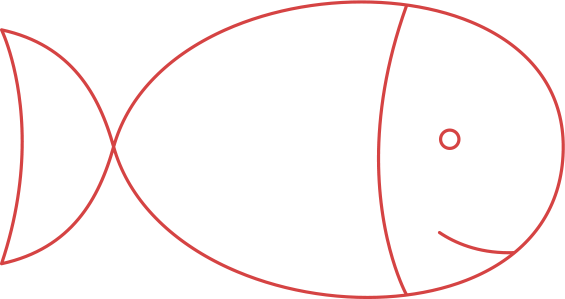





Thimble Island Ocean Farm is part of a larger community called Greenwave, which aims to perfect the 3D Ocean Farm principle and expand it to realize a food system suitable for a better tomorrow.
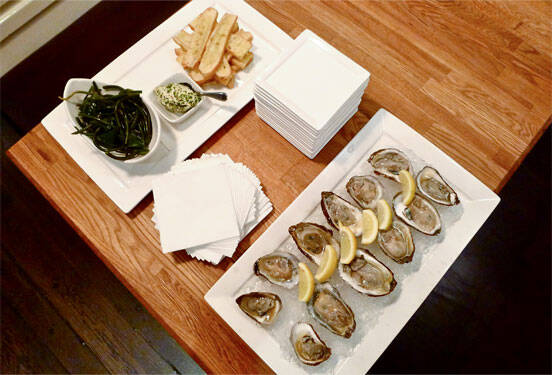
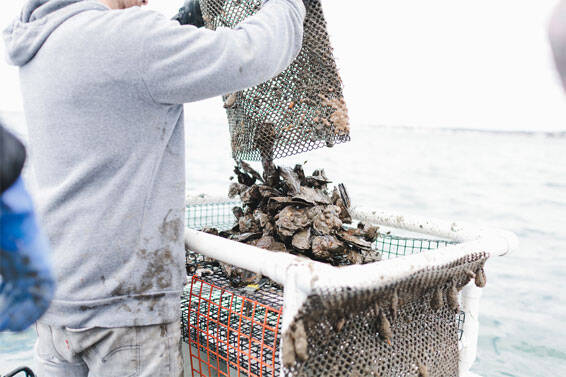
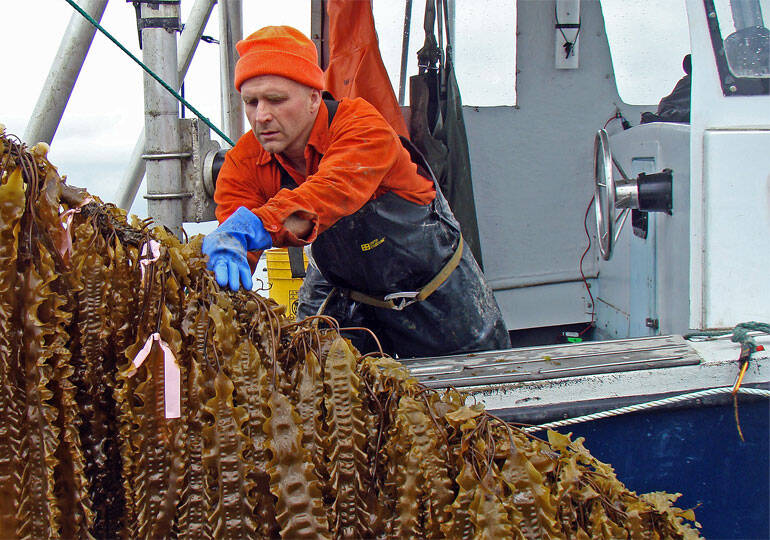
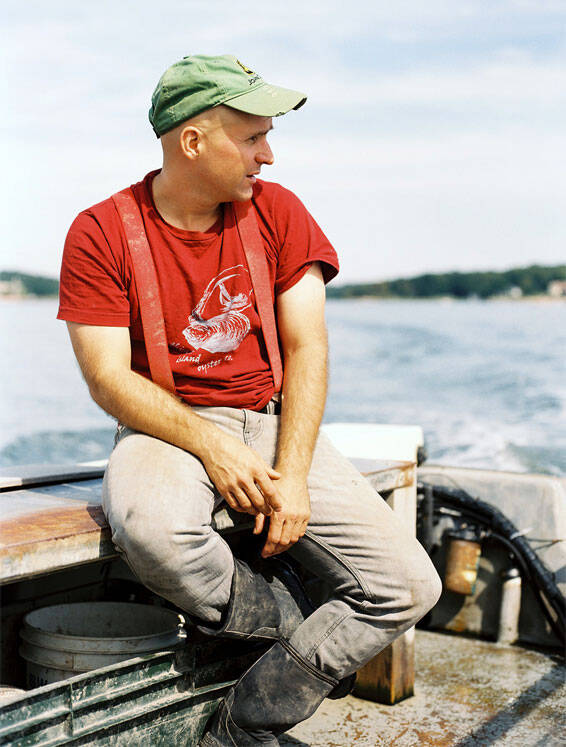
Just off the I95 near New Haven, CT lies the Thimble Island Ocean Farm, one of the world’s first and leading 3D ocean farms seeking to create a better, sustainable, green-blue future.
Bren Smith was born in a small fishing village in Canada. He has spent most of his life fishing for tuna, lobster, cod, and king crab. During his time he came to realize that the current commercial fishing system is simply unsustainable. Time for a change.
He devised a system that transforms fishermen into 3D ocean farmers. His vertical, closed loop system produces shellfish, oysters, clams, and most importantly: kelp. By eating kelp we essentially eat what the fish eat, and many of the things that make fish good for us they get from kelp. Why not skip a link in the food chain then?
Thimble Island / Greenwave
Ocean farm

More than the fish, the true heart of the operation is the assembly of high tech filtration devices. The local groundwater is filtered before reaching the fish, the water in which the fish live is filtered to keep it livable, and the wastewater is filtered in order to turn waste into fertilizer. These are all necessary, because without this level of resource efficiency, the entire business would crumble.
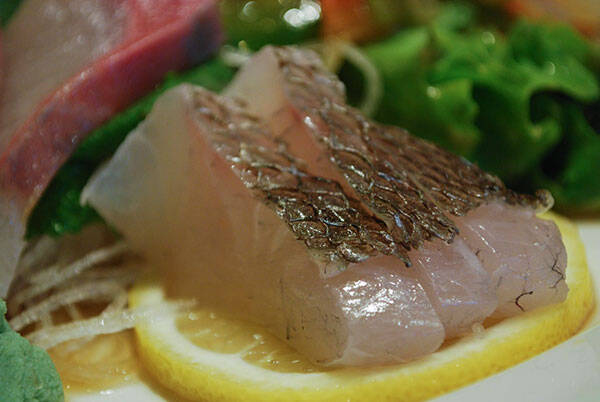
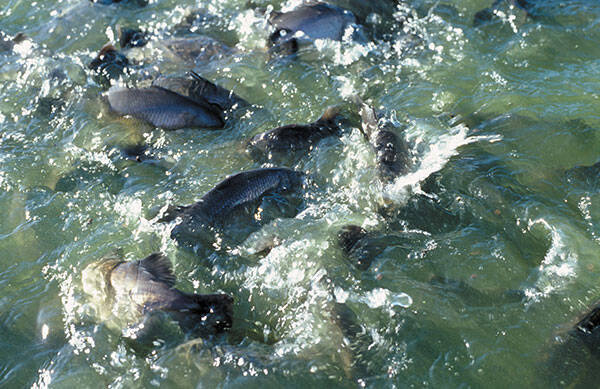
Nestled between the wheat fields near Webster City, Iowa, sits the converted pigsty that forms the heart of VeroBlue. Inside, thousands upon thousands of fish struggle against the artificial current. VeroBlue breeds barramundi, a hardy species that looks like salmon and tastes like red snapper. Because of their ability to flourish with little regard for living conditions barramundi make a nearly perfect species to breed.
Although the costs of running a landlocked fish farm are astronomical, the venture is considerably more profitable than keeping pigs used to be. A kilogram of pork cost the Nelson family an easy 4 kilograms of grain and 4000 liters of water. A kilogram of barramundi, in contrast, only costs them around one kilogram of grain and 50 liters of water. They fetch a better price, too.
Indoor fishing
VeroBlue farms

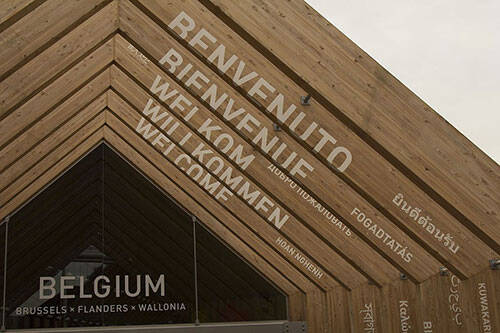
Milan Expo 2015
Belgian Pavilion at
At the world expo in Milan in 2015, Belgium showed the world an ingenious and visually staggering system for sustainable fish production. Small circular fish tanks functioned in concordance with a rotating wheel of crops to create a compact, arresting display, which is not just a creative highlight, but an energy efficient vision of the future as well.
Belgium’s unique system uses up to 80% less energy and water than traditional systems, and the carefully planned design ensures it takes up comparatively little space.
The Milan Expo in 2015 in general was a monumental achievement in the areas of creative, sustainable design, touching on every aspect of our daily lives. Though it’s been several years, many of the initiatives on display continue to be ahead of their time.

Future
Fish
Production
We can’t continue catching fish the way we’ve always done if we want to ensure there will always be fish to catch. Many initiatives around the world are taking a radically different approach to fish production. We’ve highlighted three.
Text: Jelle Steenbergen | Music: John Butler - Ocean
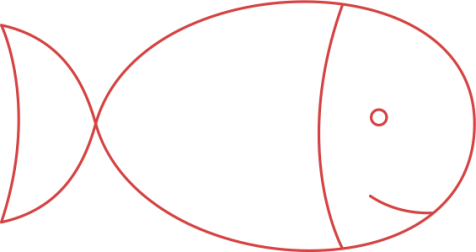

Thimble Island Ocean Farm is part of a larger community called Greenwave, which aims to perfect the 3D Ocean Farm principle and expand it to realize a food system suitable for a better tomorrow.
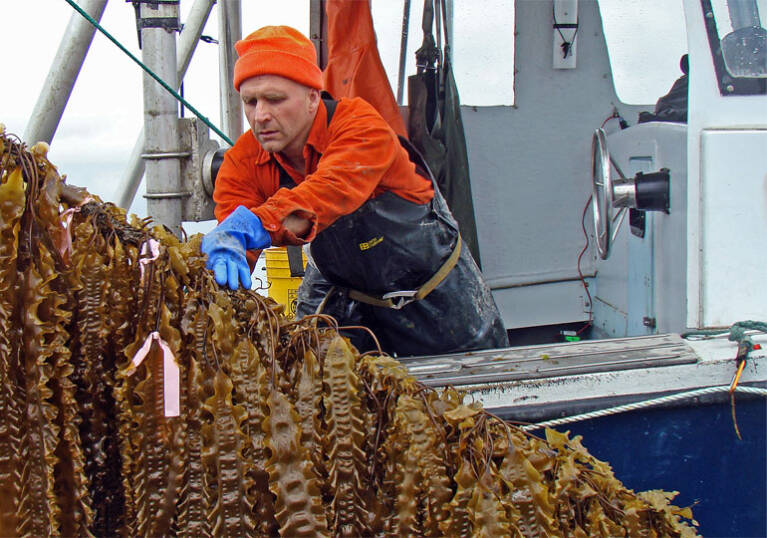
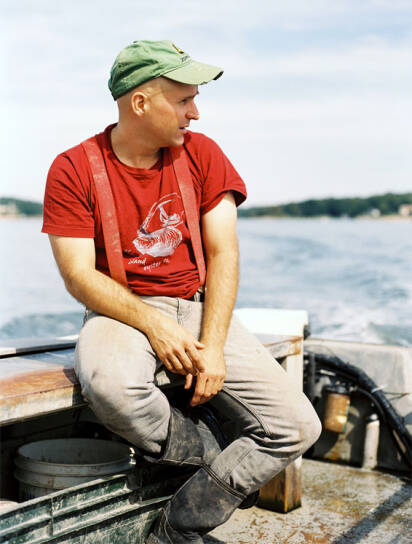
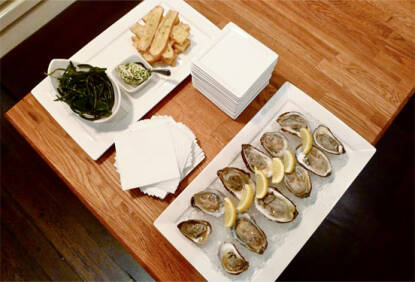
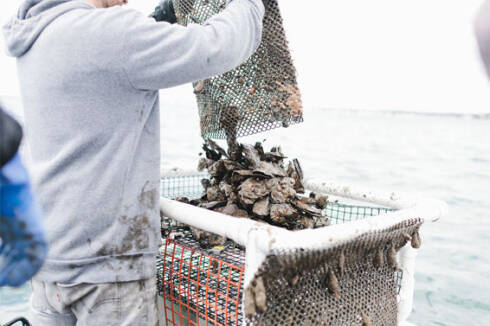
Just off the I95 near New Haven, CT lies the Thimble Island Ocean Farm, one of the world’s first and leading 3D ocean farms seeking to create a better, sustainable, green-blue future.
Bren Smith was born in a small fishing village in Canada. He has spent most of his life fishing for tuna, lobster, cod, and king crab. During his time he came to realize that the current commercial fishing system is simply unsustainable. Time for a change.
He devised a system that transforms fishermen into 3D ocean farmers. His vertical, closed loop system produces shellfish, oysters, clams, and most importantly: kelp. By eating kelp we essentially eat what the fish eat, and many of the things that make fish good for us they get from kelp. Why not skip a link in the food chain then?
Thimble Island / Greenwave
Ocean farm

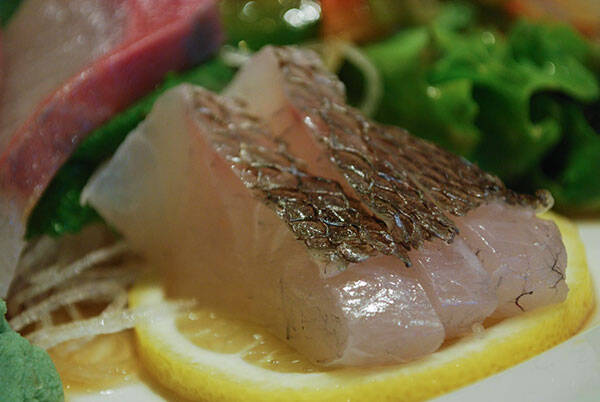
More than the fish, the true heart of the operation is the assembly of high tech filtration devices. The local groundwater is filtered before reaching the fish, the water in which the fish live is filtered to keep it livable, and the wastewater is filtered in order to turn waste into fertilizer. These are all necessary, because without this level of resource efficiency, the entire business would crumble.
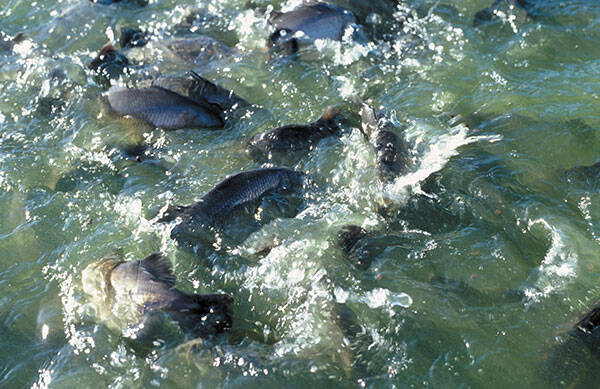
Nestled between the wheat fields near Webster City, Iowa, sits the converted pigsty that forms the heart of VeroBlue. Inside, thousands upon thousands of fish struggle against the artificial current. VeroBlue breeds barramundi, a hardy species that looks like salmon and tastes like red snapper. Because of their ability to flourish with little regard for living conditions barramundi make a nearly perfect species to breed.
Although the costs of running a landlocked fish farm are astronomical, the venture is considerably more profitable than keeping pigs used to be. A kilogram of pork cost the Nelson family an easy 4 kilograms of grain and 4000 liters of water. A kilogram of barramundi, in contrast, only costs them around one kilogram of grain and 50 liters of water. They fetch a better price, too.
Ocean farm
VeroBlue farms

Belgian Pavilion at
Milan Expo 2015
At the world expo in Milan in 2015, Belgium showed the world an ingenious and visually staggering system for sustainable fish production. Small circular fish tanks functioned in concordance with a rotating wheel of crops to create a compact, arresting display, which is not just a creative highlight, but an energy efficient vision of the future as well.
Belgium’s unique system uses up to 80% less energy and water than traditional systems, and the carefully planned design ensures it takes up comparatively little space.
The Milan Expo in 2015 in general was a monumental achievement in the areas of creative, sustainable design, touching on every aspect of our daily lives. Though it’s been several years, many of the initiatives on display continue to be ahead of their time.

